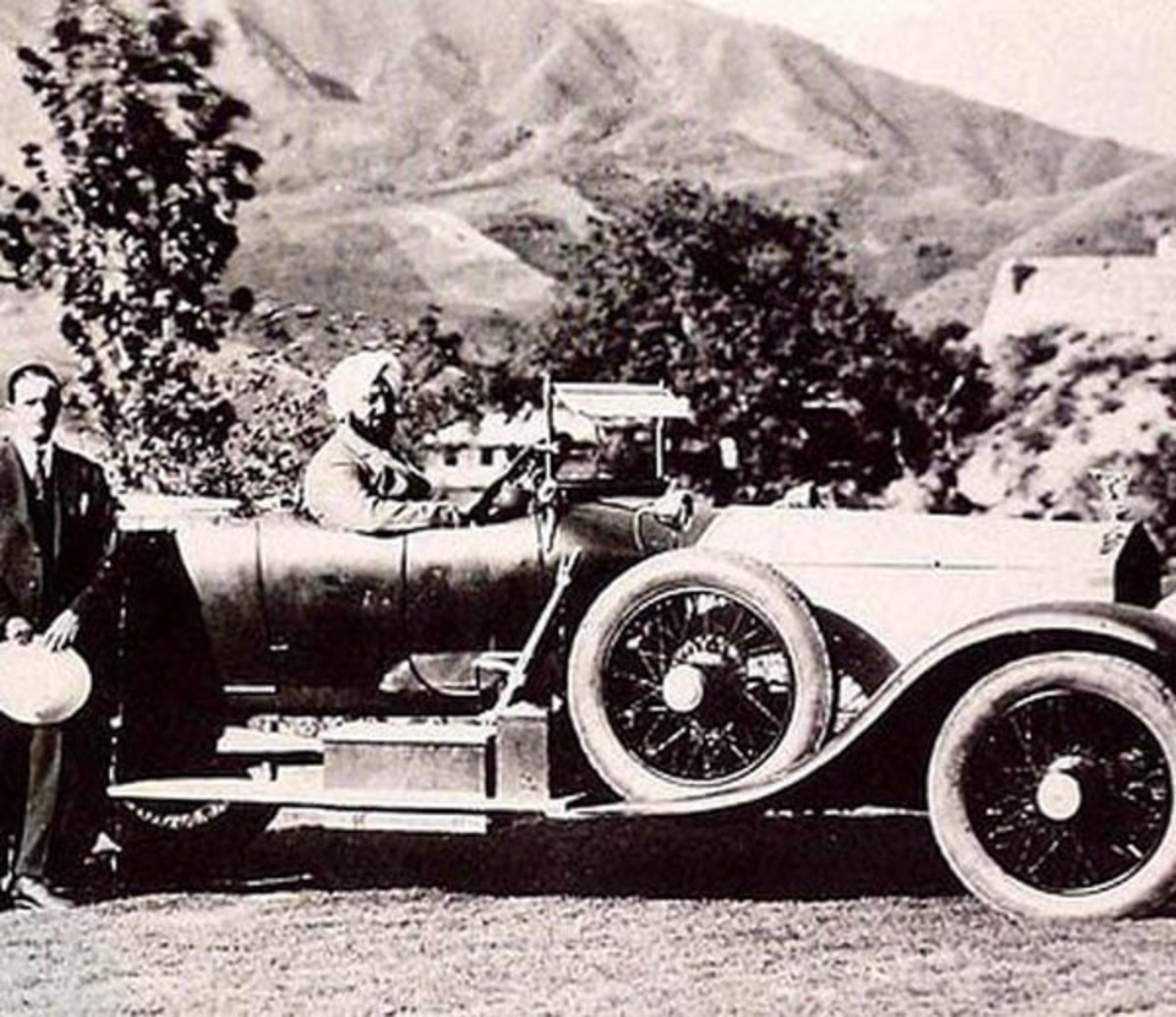The Great Maharajahs Of India
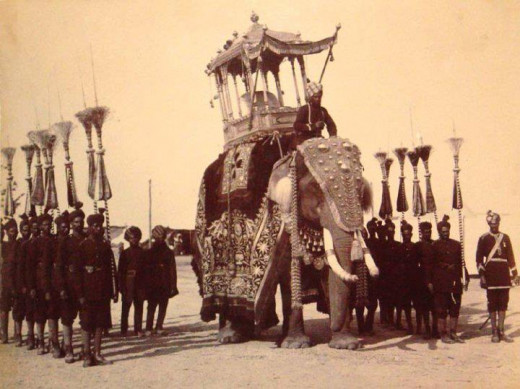
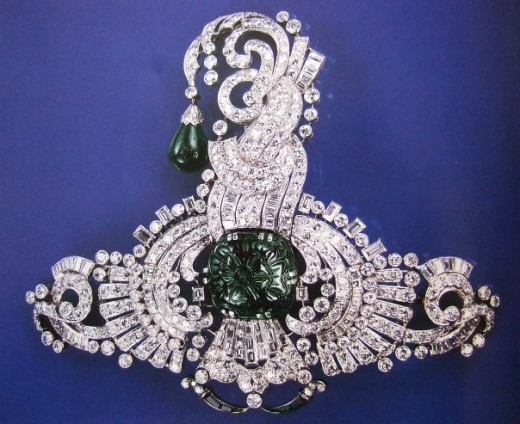
The Maharajahs
When the Mughal dynasty that ruled India for well over three hundred years was slowly disintegrating, landlords, vassals, ministers, and kings that had signed peace treaties with them gradually started claiming the land as their own and declared themselves as the "Rajahs" or kings. The British Empire was also then trying to gain a foothold through their trading arm, the East India Company. These Rajahs either went to war or were protectorates of the company over the ensuing struggle to dominate the vast wealth and natural resources of the land. The Rajahs that signed treaties with the company were largely left alone to pursue taxation and collect revenues independently. The landowners of these protectorates, sometimes the size of England herself, declared themselves as "Maharajahs" or emperors of their land. In due course of time these Maharajahs became immensely wealthy and powerful, and came to be recognized as the sovereign rulers of their kingdom by the British, rest of the country, and the entire world.
With wealth came opulence, grandeur, waywardness and decadence. Most of these Maharajahs led a decadent lifestyle, and spent lavishly to emulate the Europeans and have them as friends, inner coterie or advisers. At times, their decadence bordered towards eccentricity, as has been chronicled by historians. However, with wealth at their beckoning, they were also patrons of arts, both in Europe and India, that resulted in magnificent objects and paintings to be displayed in their palaces and royal houses as demonstrations of their identity, power and royal heritage.
According to Alain Boucheron in the book “The Master Jewelers,” he mentions about a Maharajah visiting the famous jewelry house of Boucheron's:
"The flamboyant Maharajah... arrived at Boucheron's in 1927 accompanied by a retinue of 40 servants all wearing pink turbans, his 20 favorite dancing girls and, most important of all, six caskets filled with 7571 diamonds, 1432 emeralds, sapphires, rubies and pearls of incomparable beauty.”
Such was the wealth and grandeur of the Maharajahs! The following is a tribute to the opulence and extraordinary culture of a few Maharajahs, at least the more famous among them, through the jewels and ornaments that they adorned.
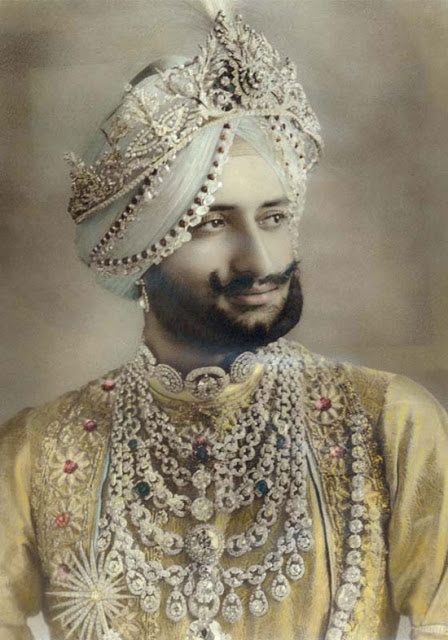
The Maharajah Of Patiala
Bhupinder Singh, The Maharajah of Patiala, was born in 1891. He was the ruler of Patiala from 1900 to 1938. He served as an Honorary Lieutenant General for the British Empire in the First World War, and was the chancellor of the Indian Chamber of Princes. He was the first man in India to own an aircraft, and was also well known as a keen sportsman and an avid lover of the game of cricket. He was the captain of the Indian cricket team that visited England in 1911. He was quite colorful, married ten times and was known to have many concubines as well.
He is best known for his extravagance. The Patiala Necklace, crafted by the jewelry house Cartier, was adorned by him during princely appointments. The necklace weighed 1000 carats and was made by Cartier in 1928. It had five rows of diamond-encrusted platinum chains and at centerpiece the famous De Beers diamond, a yellow diamond weighing nearly 235 carats. The necklace also had seven other diamonds ranging from 18 to 73 carats, as well as a number of Burmese rubies. Around 1948, the necklace disappeared only to reappear in 1982 at an auction in Geneva. It was sold for $3.16 million then. Then in 1998, a second-hand jewelry shop in London came up with the missing part of the necklace, though the rubies and the 18 to 73 carat diamonds were still missing. Cartier bought the necklace and restored it after four years with zirconia and synthetic diamonds along with a replica of the De Beers diamond.
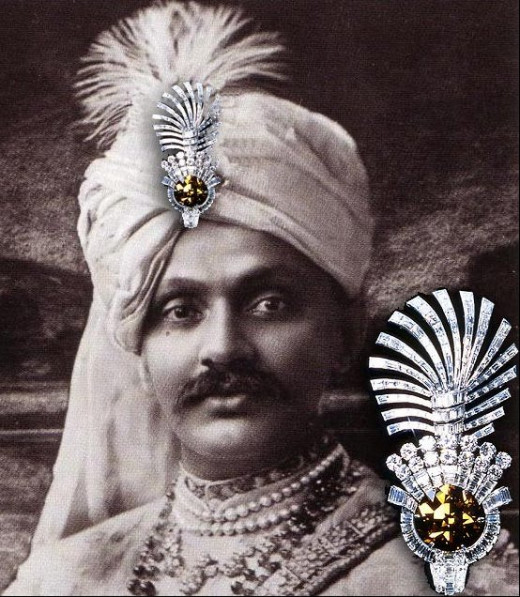
The Maharajah Of Nawanagar
The Maharaja Jamsahib of Nawanagar, Ranjithsinhji, was known for his fascination for jewelry. According to Cartier, his emerald collection was "unequaled in the world, if not it quantity, then certainly in quality". He possessed the diamond "The Eye of the Tiger" that was mounted in a turban by the jewelry house Cartier.
Jacques Cartier made the “finest cascade of colored diamonds in the World.” However, the Maharajah could not wear it since he died two years later, in 1933, after it was delivered.
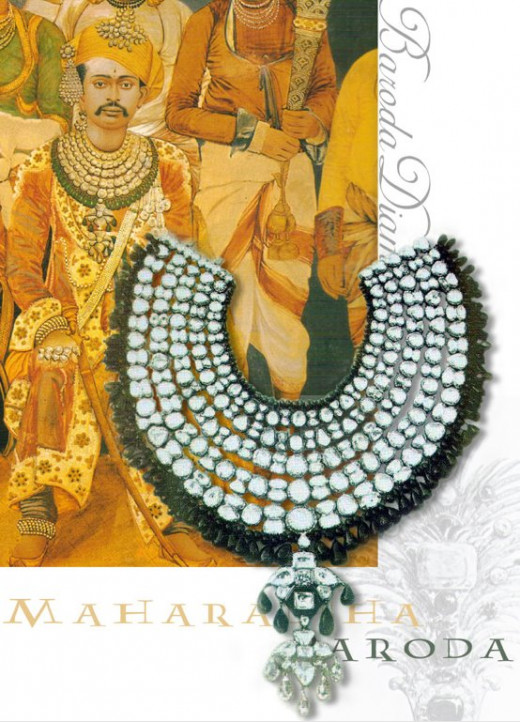
The Maharajah Of Baroda
The Maharajah of Baroda State, present day Gujarat, Sayajirao Gaekwad III was born in 1863. He ruled the state from 1875 to 1939. He is still remembered as a reformist Maharajah, but was also a patron of arts. During his rule, Baroda feted scholars and artists. He also had a rich collection of jewelry that included the "Akbar Shah," "Princess Eugenie," And the "Star of the South" diamonds. He was also a great patron of classical music.
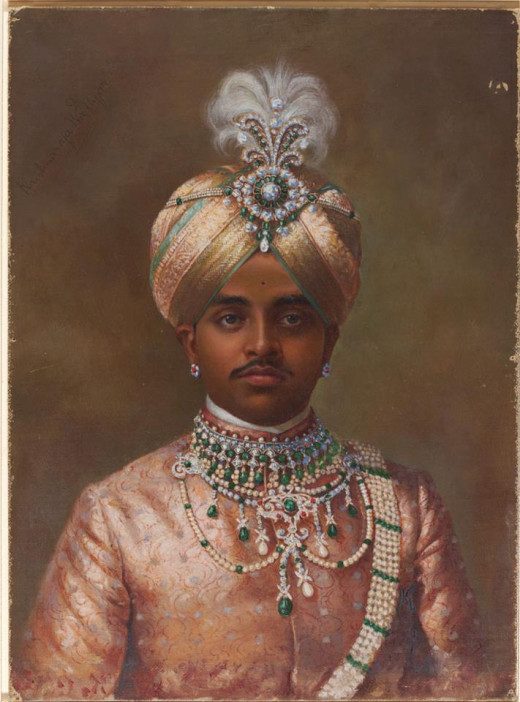
The Maharajah Of Mysore
The Maharajah of the richest state in Southern India, Col. Maharajah Sir Nalwadi Krishnaraja Wadiyar was born in 1884. He ruled the princely state from 1894 until 1940, i.e., until the year he passed away. When he died, he was one of the richest men in the world with a wealth estimated to be equivalent to $56 billion at 2010 prices.
He was a patron of fine arts, and was also known as a philosopher king. He was also a connoisseur of Indian classical music. His jewelry collection was legendary, and among his many pearls, diamonds, sapphires and rubies were some of the prized possessions that have remained extravagant till date.
The Pleasure Domes Of The Princes
There are still thousands of palaces remaining in India, standing as mute testimonies to an era gone by. When India gained her independence in 1947, there were a little over 565 rajahs, nawabs and maharajahs that ruled approximately one-third of the country. Some of these, like Kashmir and Hyderabad, were larger than England and France, but there were some as well that were no more than 50 miles in width.
The colonizers had their shortcomings as well. It was well known that Lady Willingdon, wife of the viceroy of India who was the representative of the crown of England, was very fond of jewels. She would visit a palace's harem or zenana when accompanying her husband, and it was a given fact that if she would admire any jewelry, that piece had to be gifted to her. So the zenana women would wear inferior rated jewelry to avoid gifting the precious ones away.
The maharajahs, rajahs and nawabs would often mimic the European aristocrats, as overtures to their rulers. This brought sculptors, architects and expensive jewelry houses rushing out to India from all over the world. These jewelers convinced the rulers to melt or redesign their treasures befitting the modern times.They commissioned new palaces that were sometimes Art Deco in architectural layouts with green marble staircases, granite floors, and fountains under colonnades or in swimming pools sprouting from shells.
Sometimes, these swimming pools would get very hot during summers. The Maharajah of Bharatpur in Northern India devised a novel plan where giant ice blocks would be dumped into the pool while a pretty maiden would sit atop a floating seat with a raised platform and serve delicacies and drinks to the bathers in the pool.
The Mysore Maharajahs, like other Maharajahs, also went to Europe on shopping sprees. This reflected in the way they decorated their palaces. They bought a a glass chandelier fifteen feet wide and tall. They also illuminated the Mysore Palace with 50,000 light bulbs on its facade. The palace had Victorian tiles and stained glass fittings throughout. Quite a few rooms of the palace's six hundred rooms had stuffed heads and skins of tigers, elephants and panthers.
The Udaipur palace in Rajasthan is built with marble and is just adjacent to the man-made Lake Pichola. There are stone elephants with their trunks dipping into the lake and lined along the staircase leading up to the palace. The palace had its own hierarchical norms through ankle bracelets. A person with the highest number of bracelets was allowed to approach the maharajah directly, while lesser in the hierarchy groveled and slunk backwards after meeting the maharajah.
Most of the former maharajahs have now converted their palaces into hotels. The more popular ones are at Udaipur, Jaipur, and Jodhpur in Rajasthan, but there are quite a few others spread all over India. With abolition of their princely privies, the maharajahs found it increasingly difficult to maintain their palaces, and converting them into hotels was a way to restore the rich heritage of their royal abodes.
The Maharajahs of India are a vanquished lot these days. Most of them have slipped into relative obscurity and have turned to business for survival, while quite a few have been reduced to abject penury. A few of these Maharajahs have transitioned to modernity though, but most are still trying their desperate best to keep up appearances. Most of the historic palaces are now falling into disrepair or being renovated in a way that makes them unrecognizable. It is a pathetic story that adequate conservation is not being done to maintain these heritage buildings by the state machinery, unlike Europe and other parts of the world where conservation of heritage is an ongoing process.


